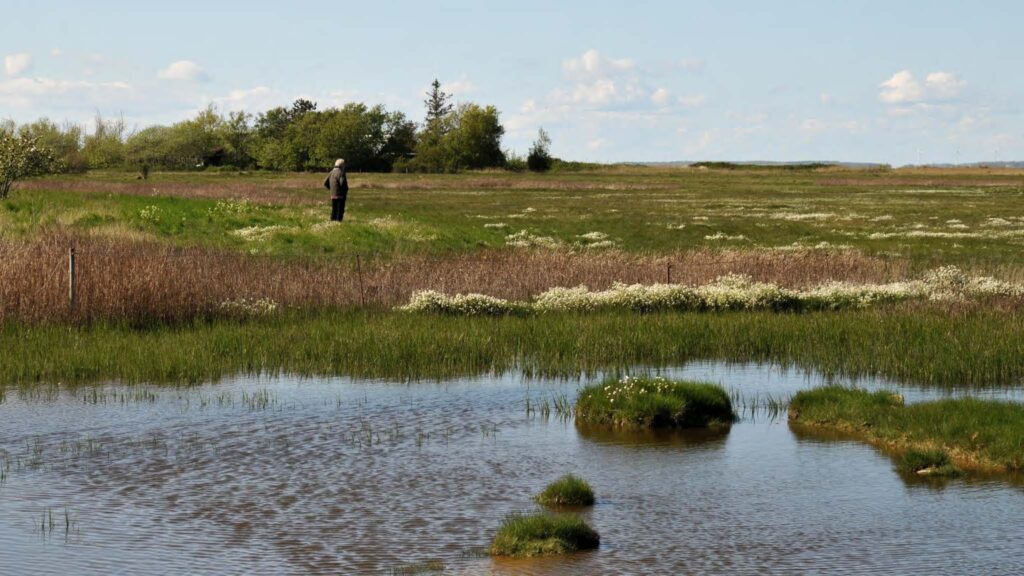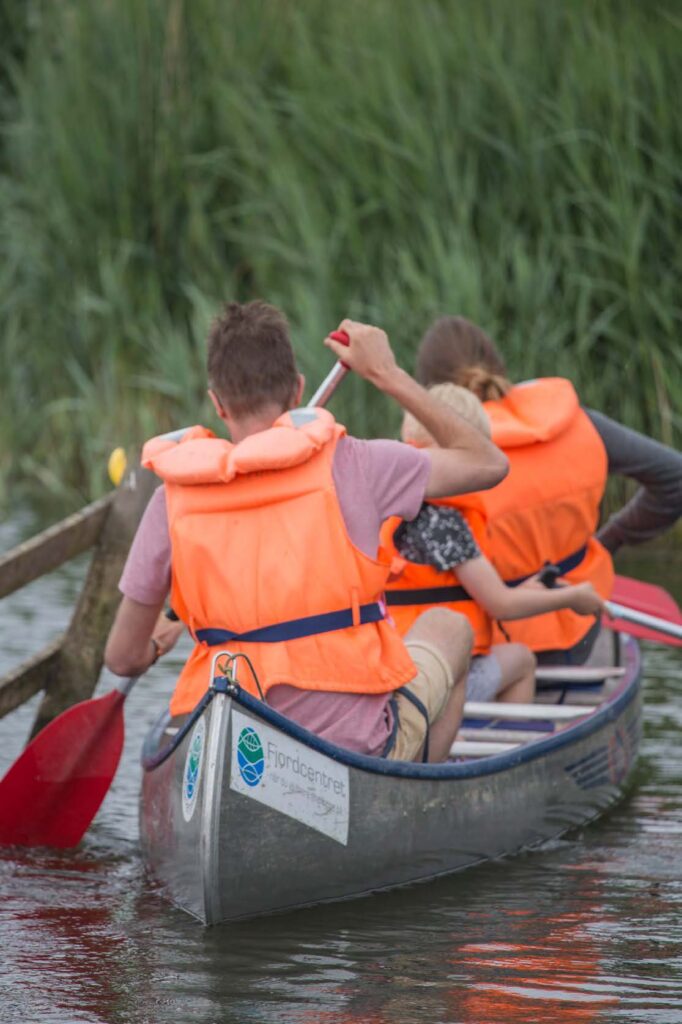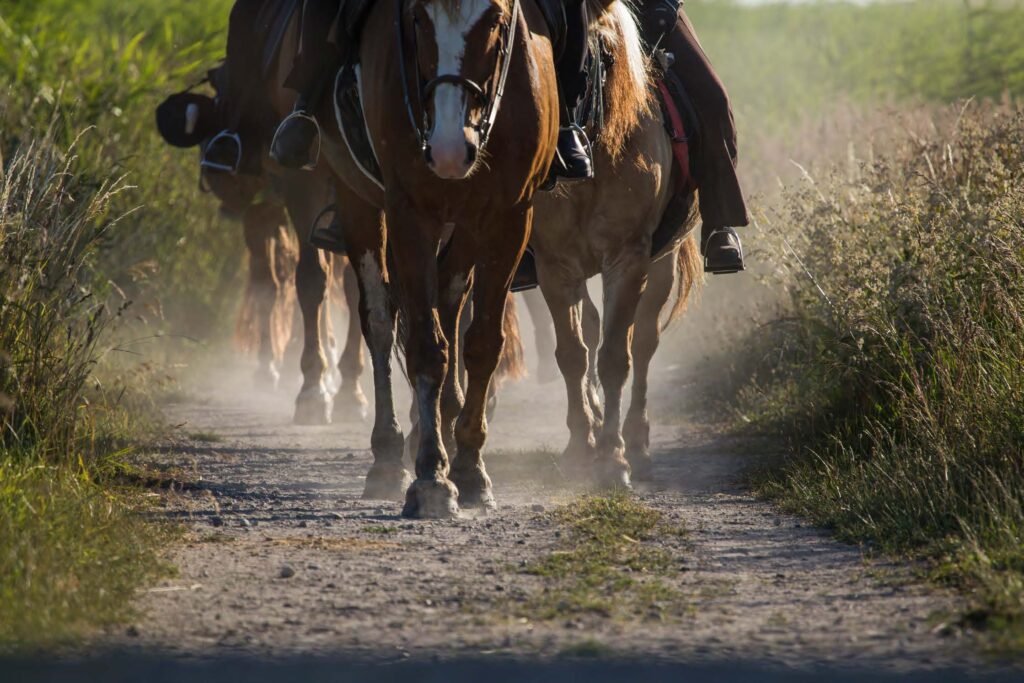Written by Glenn Molina
Wetlands are natural settings where water completely covers the ground, throughout the year or seasonally. Wetlands can help us adapt to climate change by capturing and storing carbon, which minimizes greenhouse gas emissions in the atmosphere, as well as offering resilience to threats like flooding, storm surge, and coastal inundation. Changes in temperature, as well as the timing and amount of precipitation, are projected to have an impact on wetlands as a result of climate change. Thomas Skou Grindsted investigates how dynamics like climate change relate to public, political, and scientific discourse. According to him, nature is social, and there is no vantage point from which we can study natural processes without considering social influences. Over the years, he has been studying local responses to socionatural transitions in a Nature Park in Denmark’s Amosen basin and water system, described in our interview.

Q & A: Thomas Skou Grindsted
Tell us about your political ecology background and how social and environmental factors are combined in this field.
I am a geographer that comes from critical interventions in urban political ecology, particularly drawing from a social nature approach - which means that nature is social and there is no position from which we can examine natural processes separately from social factors. Anthropogenic climate change is a process that socializes nature and involves a more serious examination of “humanity” as a driving force. I study the multiple ways in which concepts like natural and climate change “dynamics” are deployed in public, political and scientific discourse. Currently, I am exploring both their historical, cultural, and scientific origins, as well as adaption and mitigation efforts in geography education, urban planning and beyond. I draw inspiration from geography, environmental history and political ecology. My research into the human dimensions of global climate change can be seen as a critical intervention in the social responses and policies involved in landscape transformation. Currently, I research local responses to socio-natural transformations in a Nature Park, located in the Åmosen basin and water system in Denmark.
“Denmark is a highly intensified country with different forms of manipulated landscapes… the landcover’s climate impact has changed dramatically during the past century.”
In recent years, why have you been studying the Danish Nature Park Åmosen?
Denmark is a highly intensified country with different forms of manipulated landscapes, and the land cover’s climate impact has changed dramatically during the past century. Until the middle of the 1800 century bogs, peat, and wetlands, occupied 20-25% of the land. Today it covers less than 1%. The restoration of peatlands and wetlands worldwide is important to mitigate climate change. The scientific understanding of climate change, biodiversity degradation, the function of wetland as carbon sinks and so forth, become distilled into international policy frameworks, such as the EU Common Agricultural Policy and EU biodiversity Strategy but local responses in such areas may not resonate with climate or biodiversity agendas produced at national or international scales.
While the EU and national policies recognize the need for the restoration of bogs, peat, and wetlands to mitigate the effects from global environmental change, local communities may embrace them, oppose them, or even create conflicts between local stakeholders. In Denmark, one of the core debates in re-naturalizing nature has revolved around the political construction of nature parks during the past 20 years. The critique of them has been that nature parks are essentially a rough drawing on a map with little or no impact on conservation or the restoration of nature.
Spanning 8000 hectares, the Danish Nature Park Åmosen is one of Denmark’s biggest wetland systems, hosting carbon dense soils. This is the largest bog and peatland on the Isle of Zealand, the island in which Copenhagen is located. At the same time, the area hosts some of the best archaeological remains from around 8,000 BC in northern Europe, preserved by wetlands.

What is environmental blindness and how does it apply to wetlands?
Environmental blindness is a concept that relates to inattentional blindness which is sometimes describes when individuals fail to pay attention towards what is in front of them. Also, plant blindness arises when individuals do not at all see, know, or pay attention to plants in their own environment.
In this context, I describe localized environmental blindness as the inability to notice the climate impact of land transformation in one’s own environment as far as locals are concerned. Meanwhile, impartial environmental blindness describes when tourists see nothing but the beauty in the former wetland. In Åmosen’s Nature Park, the area of the wetland sank 1-2.5 meters in some areas, several landowners report, mainly because of the agricultural process of peat-cutting for Carlsberg beer production and drainage. In any case, the peat was burned, causing carbon emissions to be released into the atmosphere.
Farmers are aware of the value of their carbon dense soils. Their strategic responses to carbon dense soils could raise the value of their land further, and local strategies around possible compensation models evolve, if restored. Yet, after doing interviews with 70 tourists and local citizens in the Nature Park, tourists reported only seeing beauty while looking over the landscape of the former wetland. Thus, we have found a kind of collective blindness towards the climate mitigation potential of the area.

What can be done in nature tourism and outreach to gain more visibility for the environment?
Although we continue to need research the physical and biological aspects of climate change in various contexts and scales, social considerations are needed to understand and challenge different national and local responses to wetlands policies. Local interests are diverse among landowners, tourism, agriculture, forestry, and hunting, but blindness about these carbon sinks will not help the democratic debate over what needs to be preserved or restored. The change should involve different parties, politicians, landowners, and many others to motivate action. I would strongly advocate that we learn about the landscapes we inhabit. I could also imagine nature parks around the world took upon their shoulders to develop climate trails and experiences in their developments. Art, movies, poetry, and the like could play a much bigger role in embracing environmental knowledge where there are blind spots. Formal or informal education could also be a starting point to gain more visibility on the environment. Bottom up processes and a new economy to landowners are also needed to accompany desired landscape changes.

Final thoughts
Globalization and industrial development will always be taking place in these times, but we still need to understand the richness and the value of the environment we live in. Showing the antiquity of the land and its transformations could cure environmental blindness through tourism destinations, exhibitions, or recreational activities in nature. That is why protecting and restoring wetlands could be a climate and biodiversity hack.
While it is a key challenge to unify local and national responses, we live on the same planet and saving it with one wetland and peatland at a time should be achievable. Appropriate education, whether formal or informal, can offer different lenses to different people that show the value of carbon sinks and how they can slow down climate change. With this, collective effort is needed to be able to shape more sustainable landscapes in the future.
Bio
Thomas Skou Grindsted is an Associate Professor of geography and planning at Roskilde University, Denmark. His research focuses on urban political ecology, and he studies the multiple ways in which conceptions of climate change is deployed in public, political and scientific discourse. Particularly he focuses on the knowledge base, upon which different parties, planners and geographers shape cities and landscapes of tomorrow. Furthermore, his research aims to foster dialogue on sustainable urban planning models. This research is funded by the Nordea Foundation.
Links
Academic profile: forskning.ruc.dk/en/persons/tskoug
